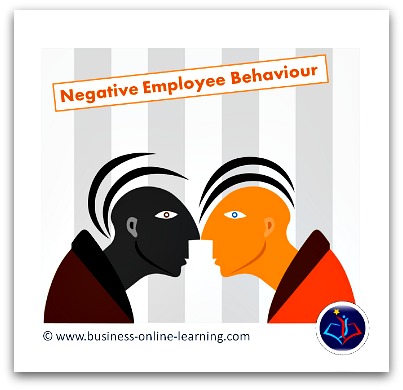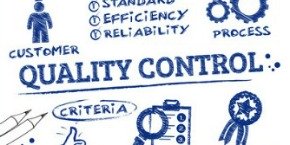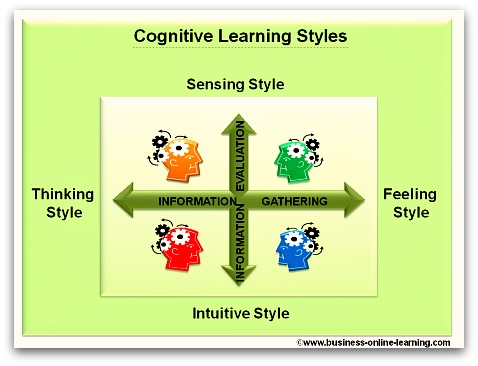Negative Employee Behaviour
10 Steps Approach In Dealing With The Issue
Negative Employee Behaviour can have detrimental effects on the performance within a working group. It needs to be addressed in a clear and strong manner to avoid even worse outcomes.
After all, a lot of our self-esteem comes from where we work and what we do. With negative behaviour, the balance is tilted and can become ugly.
Here are 10 Steps on how to formally address the problem:
- Define the type of behaviour you want to address. Note down any concrete examples you or others may have experienced
- Discuss the issues with the person as soon as possible. Try to reach an agreement on the type of behaviour being exhibited and the effect it is having on others.
- If agreement is not reached, give examples of that behaviour that has led to the meeting. Explain why they are perceived to be negative.
- Discuss and agree on reasons for the negative behaviour: which ones are from the individual: which ones are your fault and which are the fault of the workmates or the business.
- Discuss then and agree on possible solutions: what needs to be done by you, what needs to be done by the person in question and what needs to be done by the workmates or business.
- Observe that the steps are taken. Monitor the results or signs of improvements. Note too the effect that the improvements are having in the workplace.
- However, should no improvement take place and this negative behaviour takes continues, then start disciplinary procedures.
- Typically disciplinary measures start with a verbal warning, highlighting how the negative behaviour must improve within a given time scale and they should offer further support and help as required.
- Should, after all this, still be no sign of improvement evident, normally a formal warning letter is issued: this details what must be achieved over a definite time frame and the disciplinary action that will be taken if not.
- If the negative behaviour still does not improved and remains an impediment to performance, then the disciplinary action is taken. You will have to dismiss this person.
How To Deal With Negative Employee Behaviour
Unfortunately, at one stage or another, the majority of us have experienced negative employee behaviour: bullying, control freaks, people who are just having a “bad hair day”. None of this is new. But when and how do we deal with it?
Once negative behaviour starts to lead to distraction, strong negative emotions such as fear, shame, humiliation, then it is time to act. This is no longer acceptable. It must be dealt with.
Being assertive is not easy but here are some quick pointers on assertive statements that may help.
- Be brief and to the point when dealing with these people.
- Indicate clearly that you are speaking for yourself with statements such as “I feel...”, “I believe....” etc. The fact is no-one can contradict you in stating how you feel.
- Ensure your statements are not weighed down with accusations or overbearing advice.
- Assertive statements will use questions to extract the views of the other (See our article on Clarification!) and to test what their response to your behaviour is likely to be.
- Distinguish between fact and fiction.
- Point out firmly and clearly – but politely – the consequences of their behaviour.
- Express yourself in a positive manner and not in a domineering way.
- Indicate to others that you are aware of their different opinion.













 My name is Martha and I have worked for over 30 years in various aspects of business and in various countries, right around the world.
My name is Martha and I have worked for over 30 years in various aspects of business and in various countries, right around the world.